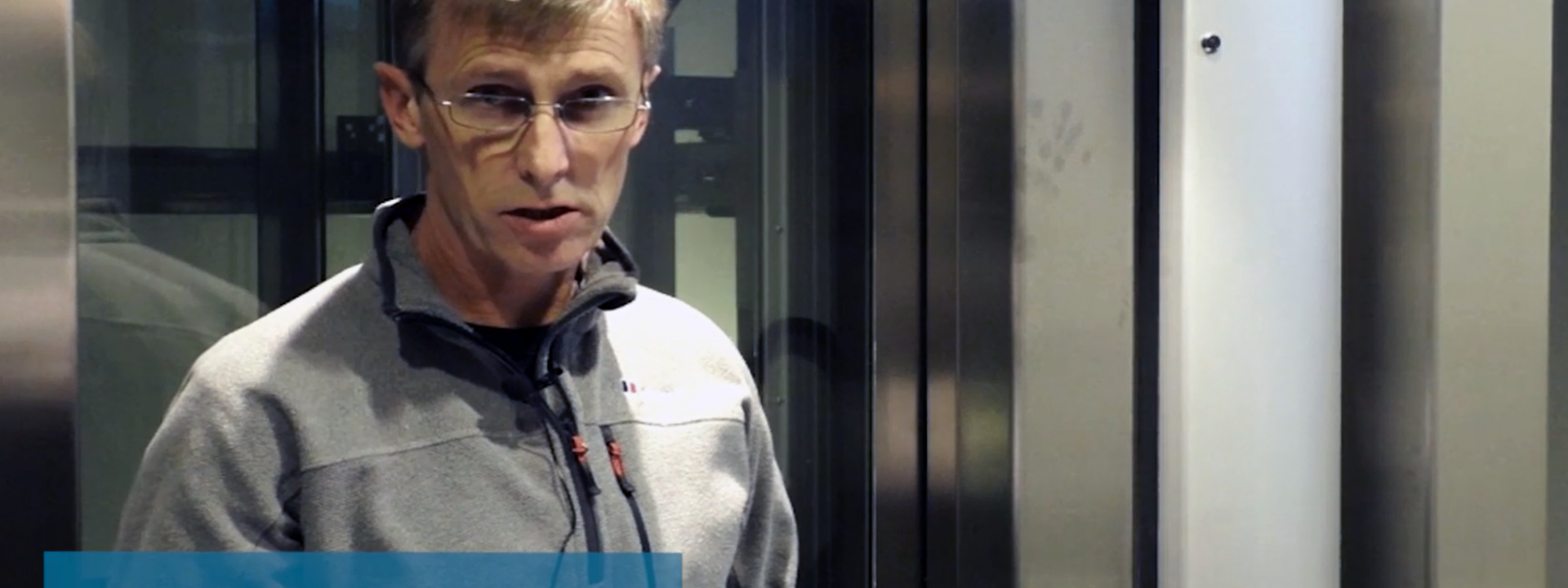
This week, we are dealing with the two following questions:
1. We’re having a very cold winter and having problems with 19 mm clear glass. The pre-processing of the glass went good but the temperature of the glass before loading it on the furnace was very cold. We successfully got the first panel of 19 mm through but it was the second panel that blew. We didn’t pre-warm the first panel that got through neither the second one. This makes me think that the furnace may have gotten too hot from the first load to cause the second one to blow in the furnace, not the chiller. Would you suggest either warming up the glass prior placing it on the roller bed or lower the temperature of the furnace?
2. When do you recommend to shut down the furnace completely. And for how long should the production break last? What about the hot store mode? Do you recommend to use it overnight also?
For this week’s questions, see our full video response below! Special thanks to our experienced engineer Colin West from Glaston UK Ltd. for sharing his knowledge with us.
As always, remember to learn, share and succeed!
The temperature of the glass going into the furnace should not be too much of a problem. The thing you need to look at is the quality of the glass itself. You need to check for impurities of the glass, such as nickel sulfide, inclusions, air bubbles and others. Check also the edge-work of the glass. If the edge-work is not ground or polished, there’s a good chance that the glass will break in the furnace or in the chiller.
In the heating process, you need to be very careful that the glass goes into the furnace very slowly, so transfer it as slowly as possible. You also need to heat the glass as slowly as possible. This might mean taking the furnace temperature down. Also, when the glass is in the furnace, don’t start with the large glass sheets – you need to start with a small glass and make sure that the flatness is correct. If the flatness is wrong on a larger piece of glass, the glass will break. So, you need to make sure that the glass is lying flat in the furnace. Most likely towards the end of the cycle, the glass will bridge inside the furnace – that’s because the rollers are cold as the thick 19 mm glass has absorbed the heat from the rollers. In order to overcome this, you need to set more heat underneath the glass, which might mean raising the temperature for 10–20 degrees underneath the glass.
The total shutdown means turning the furnace down completely and this should be done as rarely as possible. Only turn the furnace off when you need to do the maintenance work, so don’t leave the furnace switched off over the Christmas break, for example, because that will mean that the batteries will go flat.
As to turning the furnace off for short breaks, if the break is more than 5–10 minutes, then it’s a good idea to turn also the blowers off. Turning the blowers off will save you a lot of energy. Luckily, they are started straight back up again very quickly when you resume the production. And if you’re stopping your production for more than an hour, then you can always turn the blowers off and turn the furnace heating back on that way and you’ll be always saving energy.
Sign up for Glastory newsletter
We answer your questions about glass processing. Let us know your challenges and we promise to do our best to help you.
Comments are closed.